The trek to the so-called Lost City is widely regarded as one of the highlights of a trip to Colombia. There are some restrictions, though. Tourists are required to go on an organized tour, of which there are only a few approved companies. I decided to book with Expotur since it is the only one that guarantees and English speaking guide and explanations.
When I got to the office I found I had several options for either a four, five, or six day trek
. So what's the difference? Apparently absolutely nothing other than the amount of walking per day. Oh, in that case I’ll take the four day trek. Why prolong the agony of being in the jungle? The Ciudad Perdida (or Lost City) trek does not sound like a difficult one overall. The distances covered over four days are not that great, altitude is quite low and not an issue, and daily elevation gains and losses are not excessive. I’m a he-man. I’ve done much harder things than this. There’s no reason to make it longer than necessary.
So I arrived at the Expotur office at 9:00 A.M. as instructed to a scene of major chaos with a packed office and lots of people spilling out outside. It took about an hour until people were all assigned to groups and told to go with specific guides to vans for the two hour ride to the trailhead. I was one of several not assigned to a group who got told, "Just go in a van and we’ll figure it out when we get there." It all seemed quite amateurish for what is supposed to be the best company doing the tours
. The issue, though, was that Saturday morning was the beginning of Semana Santa, Holy Week leading up to Easter, and probably the busiest time of year when it’s Spring Break in North America, schools are closed in Colombia, and almost everyone in the country has the week off.
One of the things I immediately noticed is that this trek is definitely one done overwhelmingly by young backpacker types. On my recent trekking and cycling tours in Central America booked through British tour companies I was among the younger ones in the groups. For Ciudad Perdida I can tell I’m going to be one of the oldest, if not the most senior among the non-Colombians. OK, I’m getting used to being the old fart in the group.
The drive followed the main road northeast out of Santa Marta past Tayrona National Park and along the Caribbean Coast for about an hour. Packed in the back of an un-air conditioned van, I have to say it wasn’t one of the most pleasant of experiences
. That only got worse after we turned off onto a rough dirt road into the mountains for another hour inland to El Mamey, the village at the end of the road where the trek begins. El Mamey is in a valley at only 150 meters elevation. That means it’s going to be a very hot start to the trek!
The set lunch was a deep fried chicken leg with multiple starch sources typical of Colombian meals. Eventually we lost boys got assigned to groups and things got easier. I and two guys I had been chatting with all got assigned to a group of twelve passengers with a guide name Wilson. Yes, Wilson – what a weird name for a Colombian dude! And actually the trek was quite well organized. Each group of about 13 passengers had its own group leader and a cook responsible for organizing his part of the expedition – choosing meals, having fruit available at rest stops, seeing to it that adequate food was stocked on mule trains. This made for a much less chaotic trip than the 50 or 60 people in total going with Expotur would seem
.
The nationalities represented in my group included USA, Canada, Netherlands, Denmark, England, and Ireland. Five in the group were college students from various universities across America studying in an exchange program at the University of Barranquilla. “Now, did you all say you’re in high school or college?” I wanted to ask, since they often seemed quite juvenile. And how many times can you use the word “like” in a sentence. My friend Bob teaches as an assistant professor at the university level. NHe sometimes comments to me that many of the young college coed girls are very attractive, but he says “But then they open their mouths……..”
I guess Colombia qualifies as an economically advanced nation. On treks I did over the last two years in Guatemala and Nepal humans we the beast of burden portering everything for the expedition’s needs on their backs. In Colombia they use mules to do they heavy work.
The first day’s trek began after lunch and lasted about four hours on what I’m somewhat inclined to call a dirt road rather than a trail
. It was not wide enough to be used by cars but passable for motor bikes and generally very dusty. This road or trail twisted upwards to from El Mamey at 150 meters to just over 600 meters along a ridge with great views of the surrounding countryside. Once we got to the top Wilson pointed out areas that up until eight or ten years ago had mostly been coca plantations. The coca plants have since been eradicated and the hillsides still mostly bare except for some grass. At some point in the afternoon the trail crossed over from farm land owned by the general population into the tribal lands of the Kogi tribe, one of the four Tayrona tribes who live in the Sierra de Santa Marta. The trail then dropped steeply to Camp I at 450 meters along a stream.
I entered camp absolutely soaked in sweat. Fortunately, all three camps along the trail to Ciudad Perdida are located near nice swimming holes where the river or stream is naturally dammed to create a pool. Although cold water showers were available in the camps, jumping in a pool in the river is a much better way to clean oneself up in the jungle
.
The camps had concentration camp like conditions with outdoor bunk beds under an open roof, each covered with a mosquito net. The overflow of Semana Santa crowds was housed for the nights in hammocks strung between poles. The first night’s dinner was quite good and of whole fired fish, and a quite meaty one at that in contrast to the boney Mojarra pescado frito I encountered frequently in Central America. I slept surprisingly well for the conditions, or perhaps not so surprising after the day’s seven mile mountain trek in the heat. I realized when got to next camp that Camp I was the last electricity we’d see for more than two days. Dinners at camps II and III were served by candlelight and getting around was by personal headlight or flashlight.
In the morning wakeup was in the dark for a daybreak breakfast and leaving at 6:30 A.M. for a long day ahead. The trail narrowed significantly and climbed gradually out of the valley through scenic countryside to a ridge at around 800 meters
. Then there was a long steep drop to the Buritaca River at less than 400 meters and a long relatively level stretch along the river.
It was here that we passed our first Kogi villages. The guides bring candies to give to the Kogi children so they’ll come out and pose for tourists’ pictures. One fat Colombian woman riding a mule yells out, “Ninos, bonbons, photos!” as they pick up the candies she threw down to them while she takes pictures. Outside the village three very cute young children come out for their share of the candy. Well, if you’ve traveled quite a bit you’ve probably heard that giving candy to poor children is a great example of what you’re exactly not supposed to do. It turns children into beggars, introduces unhealthy food into their diet, and promotes tooth decay in people who probably don’t brush their teeth and don’t have access to modern dentistry. Yes, I know this, but I’m not going to say anything, or perhaps I would just mention it quietly to the guide at some point
. But this is Colombia, and the guides work for the tourists and give the tourists what they want – good pictures with cute little indigenous children.
Anyway, there is more of a story to this. A Canadian woman in a group with one of the other companies began lecturing everyone on how they shouldn’t be giving the children candy. “But our guide gave it to us to give it to them,” protested the cute American college girls. The PC Canadian chick started getting more adamant, almost hysterical, walking over and grabbing the candy out of the little Kogi children’s hands, trying to take the candy from the people on the tour giving it to them while yelling at the for the damage they were doing and how ignorant they were.
And then all of a sudden in a thick Australian accent, “Shut the fuck up, you fuckin’ cunt!” from a young late 20s-ish dude heading in the opposite direction. Using the word “cunt” in front a North American woman, let alone a lefty feminist one, is like waving a red cape in front of a bull, but Australians use the c-word at least as liberally as other English speakers use the “f-word”
. For a few split seconds you could have heard a pin drop.
“What did you call me?” she yelled.
“Don’t tell me you’ve never been called a cunt before.” The three Aussie guys giggled together and smirked. Will she charge? Will the PC Canadian woman attack? The crowd of about fifteen was all staring at her waiting for things to escalate further, but she just stood there seething in anger at a world not as she believed it should be. Heat can make people tense and cranky.
Heat certainly does that to me. The Canadian woman reminded me so much of the despicable leftist Bernie Sanders supporter types so prevalent in academic circles in America today. She even looked a lot like Melissa Click, the University of Missouri assistant professor who was filmed advocating for some thugs to rough up a student reporter for the campus paper for trying to enter a Black Lives Matter “Safe Zone” on campus late last year
. Maybe I suffer from a bit of Tourette’s Syndrome, but I think it was just the heat and discomfort of being soaked in sweat and feeling like I was burning up. I couldn’t resist audibly mumbling “Cunt” as I passed her to continue further on the trail. She clearly heard me but didn’t respond. It made me feel really good, as if it had suddenly gotten ten degrees cooler.
After about three hours walking I arrived for lunch at Camp II at around 9:30 A.M. That’s a little early for lunch even in the jungle, but fortunately there was a pool in the river below the camp that made for a good swimming hole. I’m inclined to call it more of a bath than a swim, though. The afternoon was possibly the hardest part of the whole hike. After about 30 minutes on the trail as it followed the river, after crossing the Buritaca on a precarious looking suspension bridge the trail climbed steadily and relentlessly to the ridge at about 900 meters. Overall I estimate it to have been a nearly 450 meter or 1,500 foot climb, painful in the oppressive heat and humidity of an afternoon in the jungle
. The last hour and a half to Camp III rose and descended through the forest, the last main obstacle being a crossing of the Buritaca River on foot. Some waded across at a very shallow wide point on the river, but I decided to dance across the rocks a little farther downstream to avoid getting my boots wet. I have no idea how, but somehow I managed to not fall in.
With no electricity at Camp III the second night on the trail was an early one. If anything the accommodations seemed even more crowded and slummy than those on the first night. If I close my eyes and hold my nose maybe I can pretend I’m not in a line of adjacent twin size mattresses each covered by a mosquito net, the only thing that provides any sense of privacy whatsoever.
I’ve left the morning trek to the Lost City to a blog entry of its own. Afterwards we returned for lunch and a swim (bath) in the river. The three hour trek back to Camp II involved much more descents than ascents so naturally felt easier even though it was just as hot as on the previous day
. Camp II seemed especially crowded, so much so that the various groups had to eat dinner and breakfast in shifts and virtually every covered open space in the camp was densely strung with hammocks to accommodate the Semana Santa overflow of people for whom there were not enough beds. Take a wrong turn when you get up to pee at night and you could well strangle yourself on one of the hammock ropes. Ha!
And to top it all off, it started raining around 5:00 in the afternoon, a rain that continued through the night and fell hard at times. Everything smelled dank and the mattresses very musty. I kept reminding myself this was the last night of this military barracks lifestyle. Maybe that’s why the trek is popular with young backpacker types but doesn’t show up in any of the itineraries of established western tour companies. I don’t know if I saw anyone else my age or older on the trek, at least not among the non-Colombians doing it.
The rain made things tough going at points for the first few hours the next morning
. However, it could have been worse since it had apparently been dry for a while and the soil was rather sandy along much of the trail. The stretches on both sides of Camp I were an entirely different story. There the clay soil had been transformed into slippery mud. Carnage ensued with people traveling in both directions (there were even more people walking into the forest that walking out on that day) slipping, falling, and sliding down on the steep parts. I managed not to fall and muddy myself above my boots but had a few close calls of hanging onto a wooden fence for dear life as my mud-caked boots were sliding rapidly down the mountain.
The home stretch from Camp I back to Mamey took about three hours and was mostly flat or downhill after the long muddy ascent out of camp. I walked alone at my own pace and treated it like a forced march, not allowing myself to stop for more than a few seconds at a time for a sip of water. The celebrations at lunch at the end involved lots of beers as stragglers in the group all made it back one by one
.
Supposedly the distance of the trek is 50 km or about 30 miles round trip. I think that’s measured how the crow flies rather than as the hiker walks, though. It seemed like a significantly longer distance to me, and not just because it was so hot. My suspicion was confirmed by the fact that those hiking with GPS devices clocked closer to 80 km (or 49 miles) over the four days. That seems more likely for the distance I walked.
I made fun of college students earlier in my post, but they actually turned out to be kind of like a breath of fresh air in the end and were all very friendly toward me. I usually encounter older people in my travels who already have a lot of travel under their belt and have experienced a lot. They tend to display a lot of one-upsmanship and compare current experiences against those they’ve had before. But these young people were so excited to have completed what they said was the hardest thing they’ve ever done in their lives.
Ciudad Perdida Trek Part I - Four Days on Trail
Sunday, March 20, 2016
 Don Diego, Magdalena, Colombia
Don Diego, Magdalena, Colombia
Other Entries
-
27Managua - The Totally Failed Compromise Capital
Feb 2623 days prior Managua, Nicaraguaphoto_camera58videocam 0comment 0
Managua, Nicaraguaphoto_camera58videocam 0comment 0 -
28Around Granada - Pueblos Blancos, Cemeteries, etc.
Feb 2722 days prior Catarina, Nicaraguaphoto_camera48videocam 0comment 0
Catarina, Nicaraguaphoto_camera48videocam 0comment 0 -
29Ometepe Island - Mountain Bike Ride From Hell
Mar 0119 days prior Ometepe Island, Nicaraguaphoto_camera40videocam 0comment 0
Ometepe Island, Nicaraguaphoto_camera40videocam 0comment 0 -
30Bike Ride Around Arenal Reservoir
Mar 0317 days prior Tilaran, Costa Ricaphoto_camera47videocam 0comment 0
Tilaran, Costa Ricaphoto_camera47videocam 0comment 0 -
31La Fortuna - In the Shadows of Arenal
Mar 0416 days prior La Fortuna, Costa Ricaphoto_camera50videocam 0comment 0
La Fortuna, Costa Ricaphoto_camera50videocam 0comment 0 -
32Bike Ride Through the Marvelous Orosi Valley
Mar 0515 days prior Turrialba, Costa Ricaphoto_camera57videocam 0comment 0
Turrialba, Costa Ricaphoto_camera57videocam 0comment 0 -
33Costa Rican Caribbean - Cycling to Panama
Mar 0614 days prior Puerto Viejo, Costa Ricaphoto_camera7videocam 0comment 0
Puerto Viejo, Costa Ricaphoto_camera7videocam 0comment 0 -
34Bocas Del Toro - Caribbean Island Paradise
Mar 0713 days prior Bocas Town, Panamaphoto_camera71videocam 0comment 0
Bocas Town, Panamaphoto_camera71videocam 0comment 0 -
35Western Panama - Bike Ride from Divide to Pacific
Mar 0812 days prior Gualaca, Panamaphoto_camera24videocam 0comment 0
Gualaca, Panamaphoto_camera24videocam 0comment 0 -
36Bike Ride Through Cattle Country and the Beach
Mar 0911 days prior Santiago, Panamaphoto_camera14videocam 0comment 0
Santiago, Panamaphoto_camera14videocam 0comment 0 -
37Panama Canal - Century Old Engineering Marvel
Mar 1010 days prior Miraflores, Panamaphoto_camera57videocam 0comment 0
Miraflores, Panamaphoto_camera57videocam 0comment 0 -
38Casco Viejo - Panama City's Gentrifying Old Town
Mar 119 days prior Panama City, Panamaphoto_camera96videocam 0comment 0
Panama City, Panamaphoto_camera96videocam 0comment 0 -
39Panama City - Like Miami Except With More English
Mar 128 days prior Panama City, Panamaphoto_camera103videocam 0comment 0
Panama City, Panamaphoto_camera103videocam 0comment 0 -
40San Blas Islands - Sailing Through the Caribbean
Mar 137 days prior El Porvenir, Panamaphoto_camera71videocam 0comment 0
El Porvenir, Panamaphoto_camera71videocam 0comment 0 -
41Sailing to Colombia on the M/S Quest
Mar 155 days prior El Islote, Colombiaphoto_camera57videocam 0comment 0
El Islote, Colombiaphoto_camera57videocam 0comment 0 -
42Old Cartagena - Jewel of Spanish Caribbean
Mar 173 days prior Cartagena, Colombiaphoto_camera150videocam 0comment 0
Cartagena, Colombiaphoto_camera150videocam 0comment 0 -
43Santa Marta - Gateway to the Sierra Nevada
Mar 182 days prior Santa Marta, Colombiaphoto_camera36videocam 0comment 0
Santa Marta, Colombiaphoto_camera36videocam 0comment 0 -
44Ciudad Perdida Trek Part I - Four Days on Trail
Mar 20 Don Diego, Colombiaphoto_camera84videocam 0comment 0
Don Diego, Colombiaphoto_camera84videocam 0comment 0 -
45Ciudad Perdida Trek Part II - The Lost City
Mar 211 day later La Ciudad Perdida, Colombiaphoto_camera55videocam 0comment 0
La Ciudad Perdida, Colombiaphoto_camera55videocam 0comment 0 -
46The Guajira Peninsula - Northernmost South America
Mar 255 days later Punta Gallinas, Colombiaphoto_camera90videocam 0comment 0
Punta Gallinas, Colombiaphoto_camera90videocam 0comment 0 -
47Medellin - City of the Eternal Spring
Mar 288 days later Medellin, Colombiaphoto_camera107videocam 0comment 0
Medellin, Colombiaphoto_camera107videocam 0comment 0 -
48Medellin - Innovation in Transportation
Mar 299 days later Medellin, Colombiaphoto_camera48videocam 0comment 0
Medellin, Colombiaphoto_camera48videocam 0comment 0 -
49El Poblado - Medellin's Zona Rosa
Mar 3010 days later Medellin, Colombiaphoto_camera55videocam 0comment 0
Medellin, Colombiaphoto_camera55videocam 0comment 0 -
50Santa Fe de Antioquia - Colonial Era Beauty
Mar 3111 days later Santa Fe de Antioquia, Colombiaphoto_camera78videocam 0comment 0
Santa Fe de Antioquia, Colombiaphoto_camera78videocam 0comment 0 -
51Fat is Beautiful - The Art of Fernando Botero
Apr 0112 days later Medellin, Colombiaphoto_camera127videocam 0comment 0
Medellin, Colombiaphoto_camera127videocam 0comment 0 -
52Bogota - Colombia's Megacity Capital
Apr 0213 days later Bogota, Colombiaphoto_camera67videocam 0comment 0
Bogota, Colombiaphoto_camera67videocam 0comment 0 -
53March Against FARC - Thousands Rally in Colombia
Apr 0213 days later Bogota, Colombiaphoto_camera87videocam 0comment 0
Bogota, Colombiaphoto_camera87videocam 0comment 0 -
54Art, History, Anthropology -Bogota's Great Museums
Apr 0314 days later Bogota, Colombiaphoto_camera68videocam 0comment 0
Bogota, Colombiaphoto_camera68videocam 0comment 0 -
55Museo de Oro - Colombia's Most Famous Museum
Apr 0314 days later Bogota, Colombiaphoto_camera52videocam 0comment 0
Bogota, Colombiaphoto_camera52videocam 0comment 0 -
56La Candelaria - Bogota's Old Town
Apr 0314 days later Bogota, Colombiaphoto_camera82videocam 0comment 0
Bogota, Colombiaphoto_camera82videocam 0comment 0 -
57Zipaquira - Cathedral in a Salt Mine
Apr 0415 days later Zipaquira, Colombiaphoto_camera63videocam 0comment 0
Zipaquira, Colombiaphoto_camera63videocam 0comment 0 -
58Last Day in Colombia -Obligatory Coffee Finca Tour
Apr 0516 days later Fusagasuga, Colombiaphoto_camera39videocam 0comment 0
Fusagasuga, Colombiaphoto_camera39videocam 0comment 0

 Don Diego, Magdalena, Colombia
Don Diego, Magdalena, Colombia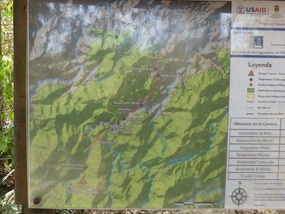
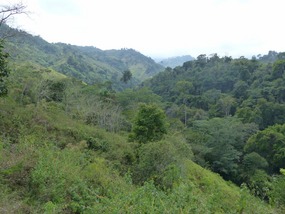
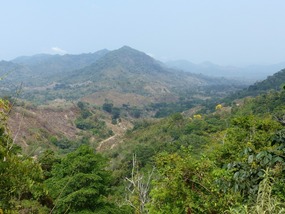
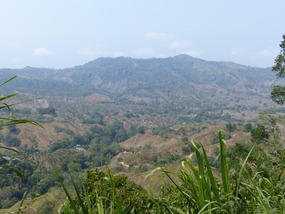
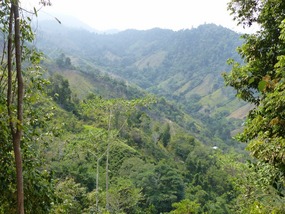
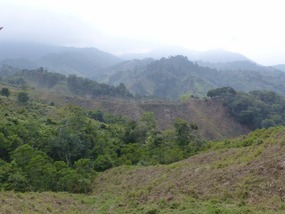
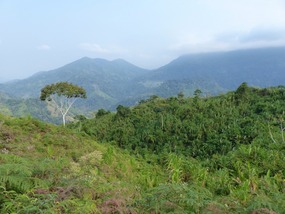
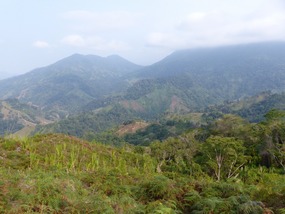
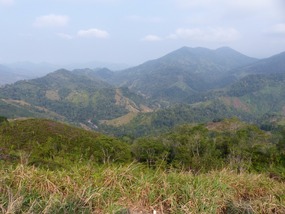
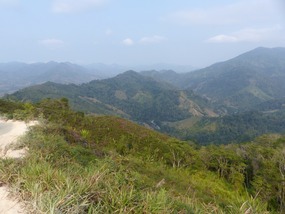

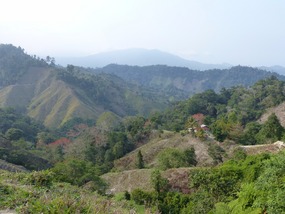
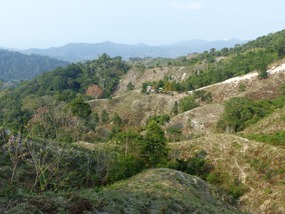
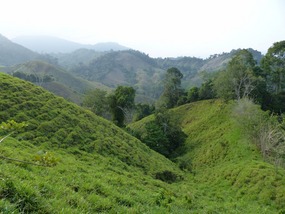




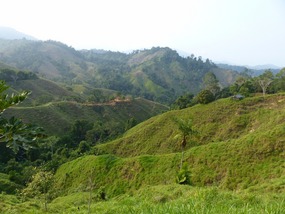
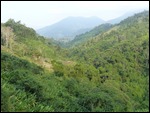
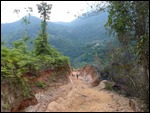
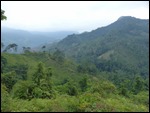
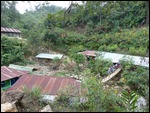
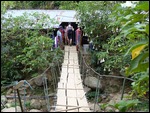
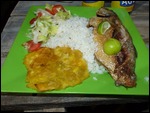
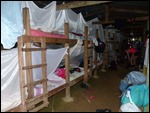
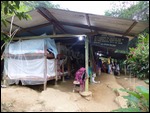

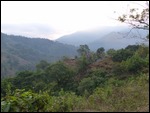
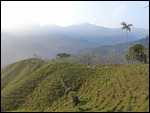
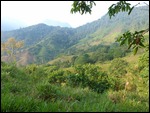
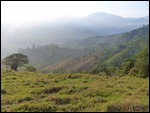
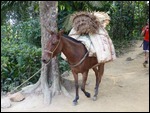
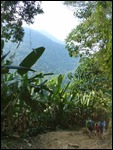

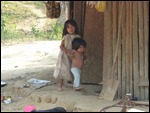
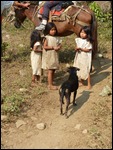
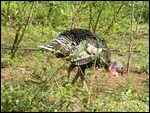
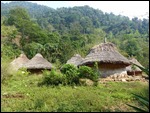
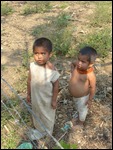
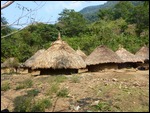
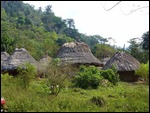
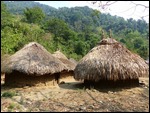
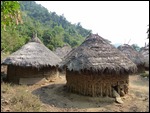
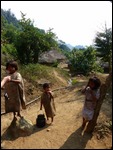
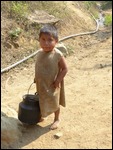
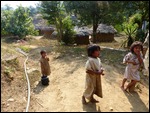
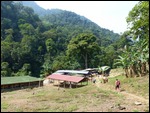
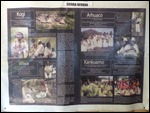
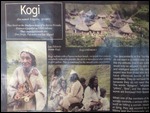
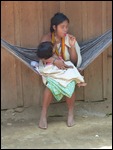
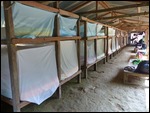
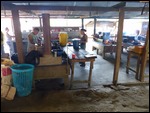
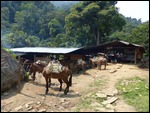
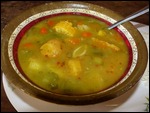
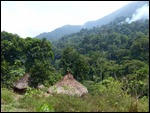
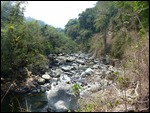
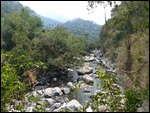
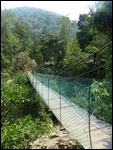
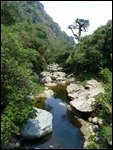
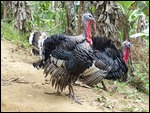

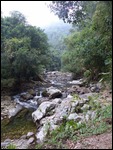
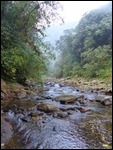
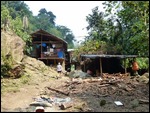
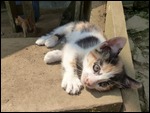
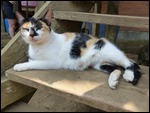
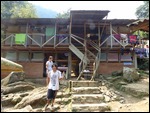

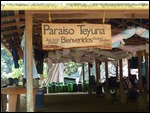
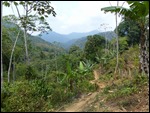
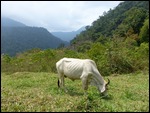
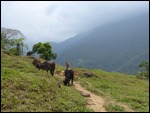
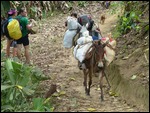
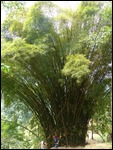
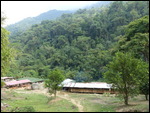
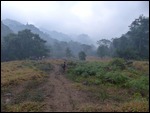
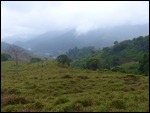
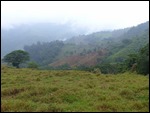
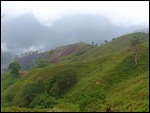

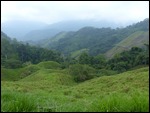
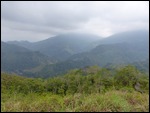
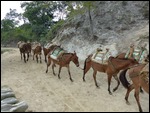
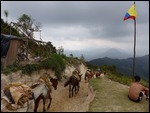
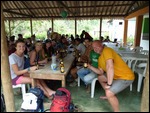
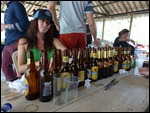
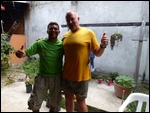
2025-05-22